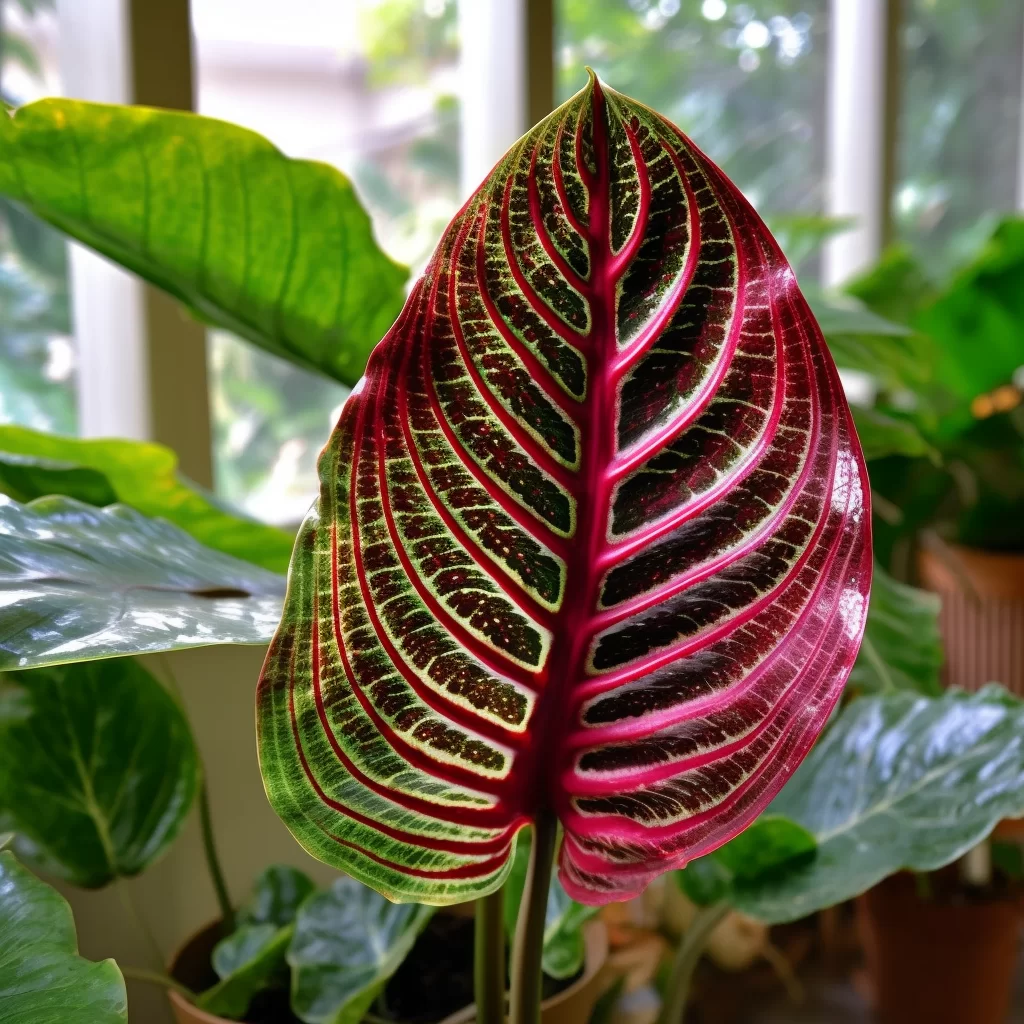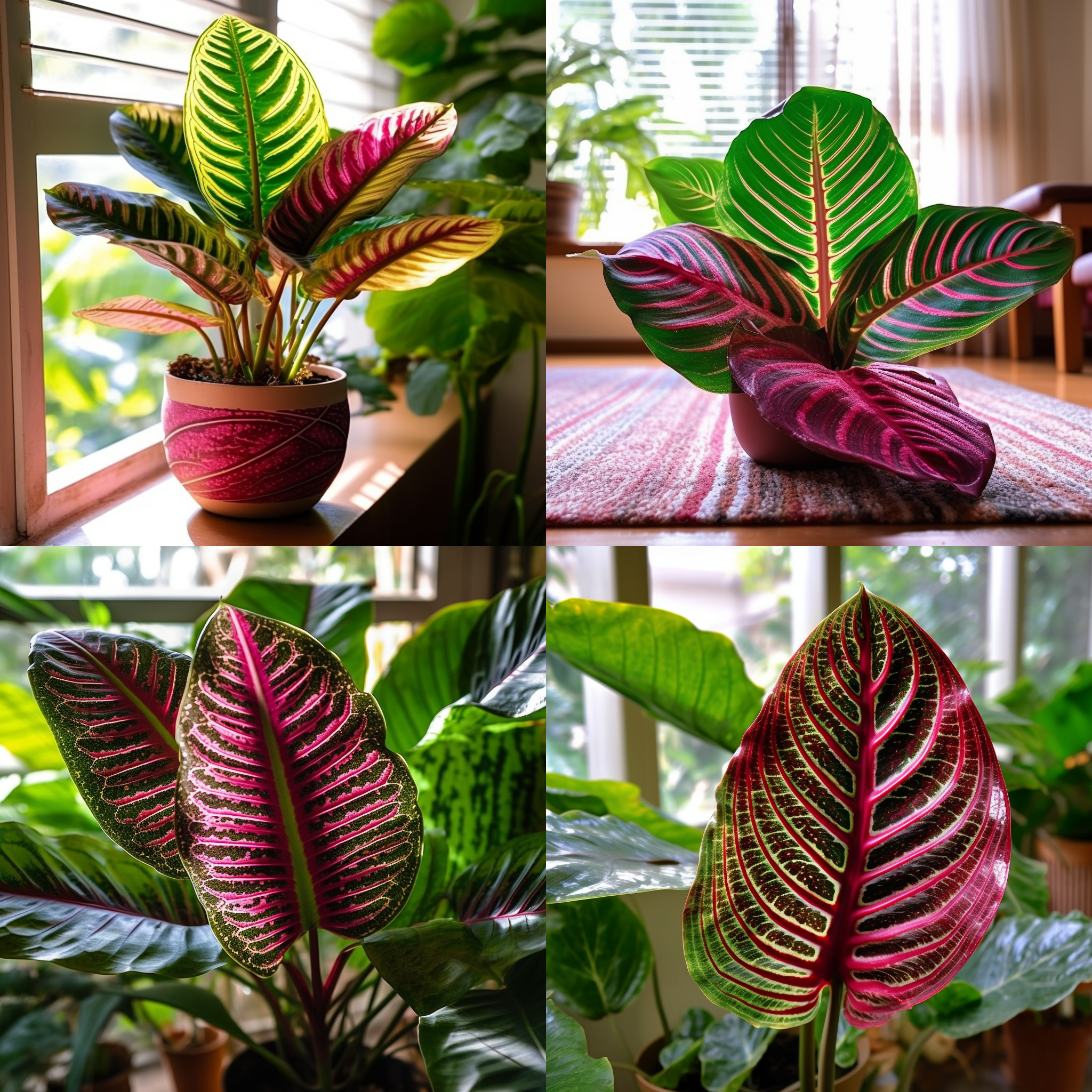Story of Day :
Contents
The Prayer Plant: A Complete Guide and Care Tips
Are you looking for a houseplant that is both beautiful and easy to care for? Look no further than the prayer plant! This tropical plant, also known as Maranta leuconeura, is known for its stunning foliage and unique movement. In this complete guide, we will cover everything you need to know to care for your prayer plant.
What Is a Prayer Plant?

The prayer plant is native to the Americas and is part of the Marantaceae family. It gets its name from its unique movement – at night, the leaves fold up as if in prayer. During the day, they open again.
The leaves of the prayer plant are green with splashes of other colors such as red or purple on top. The undersides are usually a reddish-purple color which adds an extra pop of vibrancy.

Caring For Your Prayer Plant
Lights
- Your prayer plant prefers bright but indirect light – too much direct sunlight can scorch its leaves!
- If your room doesn’t receive enough natural light then consider placing it under fluorescent lights that mimic daylight.
- Avoid placing your prayer plants in dark corners or rooms without any windows because they will not thrive there.

Watering
- Your prayer plants should be watered regularly but do not overwater them because it can lead to root rotting issues.
- You should let the soil dry slightly between each watering session; if you stick your finger into it about one inch down from soil level and feel dryness then give it some water – if not then hold off until next time.
- Watering once every week or two should be sufficient for most prayer plants.
Humidity
-
- To keep your prayer plant healthy and happy, you will need to ensure that it has a high level of humidity.
- If the air in your home is dry, consider using a humidifier or placing a tray filled with water near the plant.
- You can also mist the leaves daily to increase humidity levels around the plant.

Temperature Range
- Your prayer plant thrives in temperatures between 60°F and 80°F (15°C to 27°C).
- Avoid placing it near radiators or air conditioning units because they will fluctuate temperature too much for this tropical houseplant to handle.
Potting and Soil Requirements
The Prayer Plant grows well when potted in nutrient-rich soil that is moist but not wet. Ensure that your pot has effective drainage holes since the roots can rot if kept sitting in standing water for long periods. A good quality potting mix will provide sufficient nutrients required by this tropical beauty however, some enthusiasts recommend adding peat moss which increases moisture-holding capacity while supplying natural fertilizers resulting into more vibrant foliage growth.When choosing a pot size for repotting, go up one size bigger than current one because root-bound plants often become sickly quickly if left unattended.
Fertilizer Needs of Your Prayer Plant Plants
Your prayer plant requires frequent feeding during active growing seasons – spring through summer months – as its nutrient needs tend to be higher during these times. You should fertilize once per month with an all-purpose liquid fertilizer at half strength recommended on packaging. During the dormant season, reduce feeding frequency to once every three months.
Common Problems with Prayer Plants
Brown Tips
If leaves start developing brown tips, it could be due to overly dry air or soil. Try increasing humidity levels and watering more frequently until you see an improvement.
Drooping Leaves
Drooping leaves signal overwatering issues most of the time. Check if roots are rotting gradually because this is a common cause of the issue. Alternatively, check if plant has enough drainage holes in its pot.
Final Thoughts on Prayer Plants
The prayer plant is a stunning addition to any home garden or office space with eye-catching foliage and unique movement patterns that make it stand out from other houseplants. By following our complete guide and care tips, you’ll be able to keep your prayer plants healthy while enjoying their beauty for years to come!
